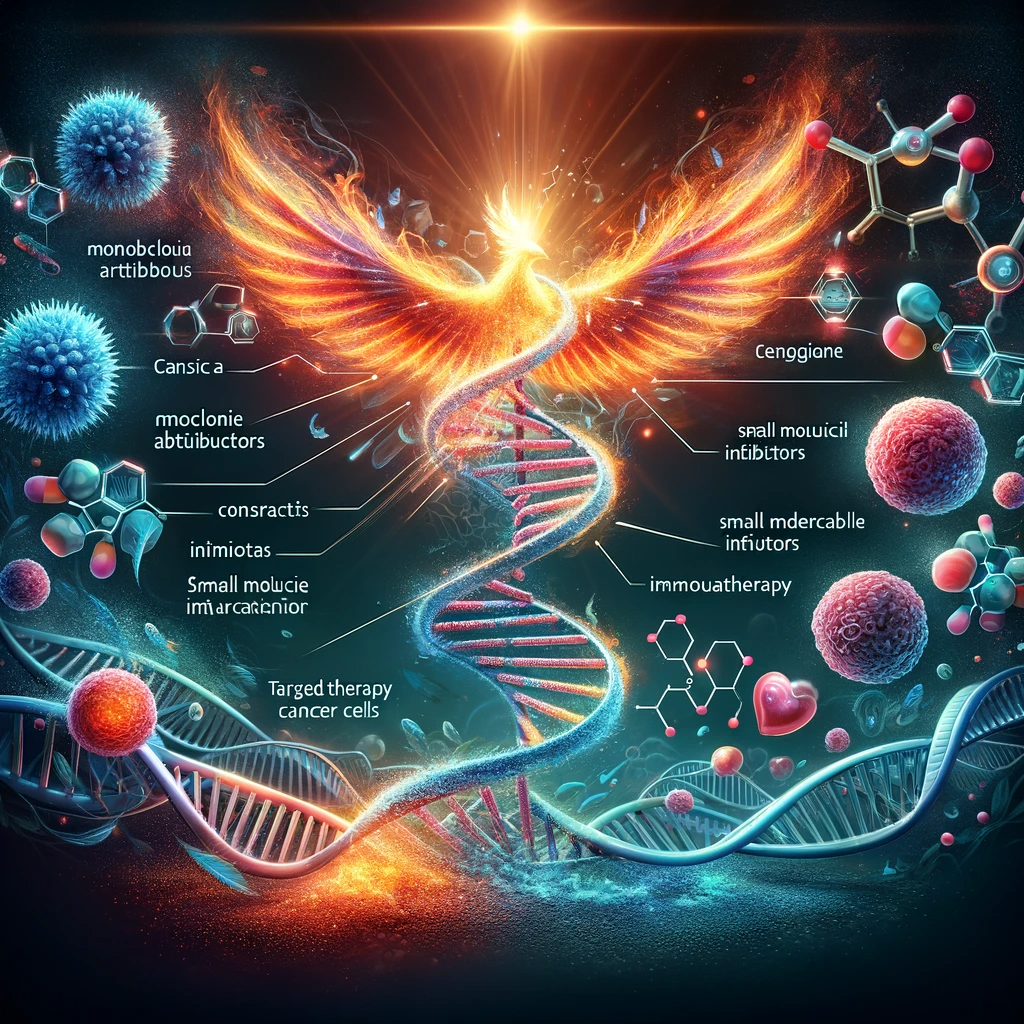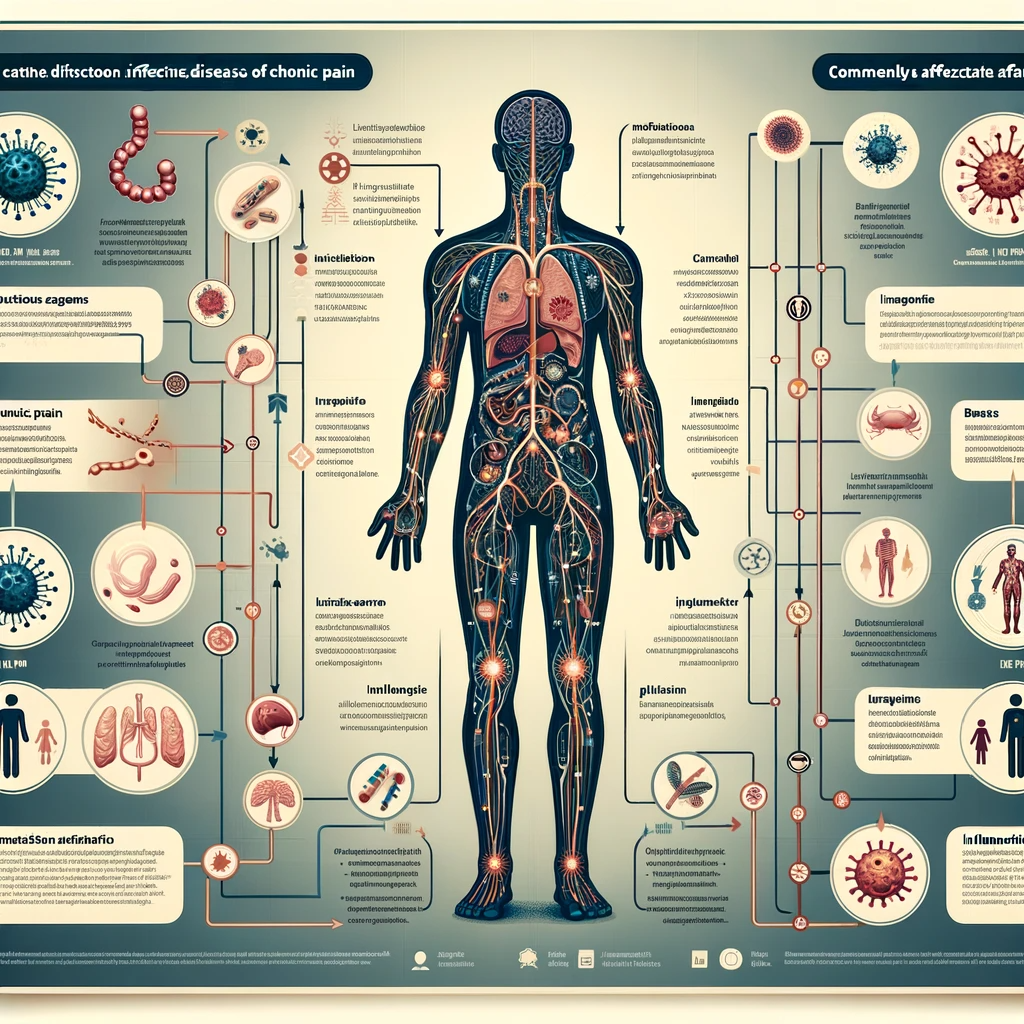Abstract: Brain calcifications, detected through neuroimaging, present a diagnostic challenge due to the wide range of potential etiologies. This article provides a comprehensive overview of the differential diagnosis for calcified brain lesions, exploring pathophysiological mechanisms, clinical implications, and diagnostic strategies.

Introduction: Calcified lesions in the brain are often incidental findings on neuroimaging studies. Their presence can signify various pathological conditions, ranging from benign, age-related changes to serious neurodegenerative diseases or infections. The clinical approach to these findings requires a careful correlation of imaging characteristics with clinical history and examination.
Pathophysiology: Calcifications in the brain occur due to abnormal deposition of calcium salts in brain tissue. This process can be influenced by local or systemic factors and can occur in various brain structures.
Etiological Classification: Brain calcifications are broadly classified based on etiology:
- Physiological Calcifications: These are common, age-related changes, often found in structures like the pineal gland, choroid plexus, and dura mater.
- Infectious Causes: Certain infections, such as toxoplasmosis, cytomegalovirus, and tuberculosis, can lead to calcifications, usually in a pattern corresponding to the spread of the infectious agent.
- Vascular Causes: Conditions like arteriosclerosis, old cerebral infarcts, or cavernous hemangiomas can manifest as calcified lesions.
- Neoplastic Causes: Tumors, both primary (like oligodendrogliomas) and metastatic, can present with calcifications.
- Metabolic and Endocrine Disorders: Conditions like Fahr’s syndrome, hyperparathyroidism, and hypoparathyroidism can cause diffuse intracranial calcifications.
- Degenerative Diseases: Some neurodegenerative disorders, like Fahr’s disease, are characterized by extensive brain calcifications.
- Traumatic Causes: Previous brain injuries can sometimes result in localized calcifications at the site of injury.
Diagnostic Approach:
- Neuroimaging: CT scans are typically used to identify and characterize calcifications. MRI can provide additional information about the surrounding brain tissue.
- Laboratory Investigations: Blood tests to check for metabolic and endocrine disorders can be helpful.
- Clinical Correlation: Symptoms, if present, can guide the differential diagnosis. Asymptomatic patients, particularly older individuals, often have benign calcifications.
- Histopathological Examination: In cases where neoplastic causes are suspected, a biopsy may be necessary for definitive diagnosis.
Management and Prognosis: The management of brain calcifications is dictated by the underlying cause. Many calcifications are benign and do not require treatment. However, if associated with underlying pathologies like tumors or infections, specific treatments are necessary.
Conclusion: The discovery of calcified lesions in the brain warrants a thorough diagnostic approach to distinguish between numerous potential causes. Understanding the pattern and distribution of calcifications, in conjunction with clinical context, is critical in guiding management.








